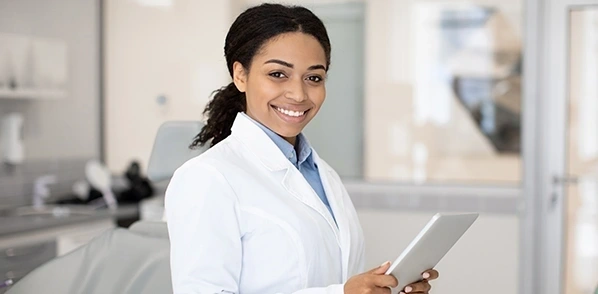Dental Continuing Education Courses
dentalcare.com covers all of your professional dental education needs. Developed by leading experts, our free dental education courses are designed to help you develop and stay up-to-date with the latest oral health topics and gain valuable continuing education credits.
No Records Found



